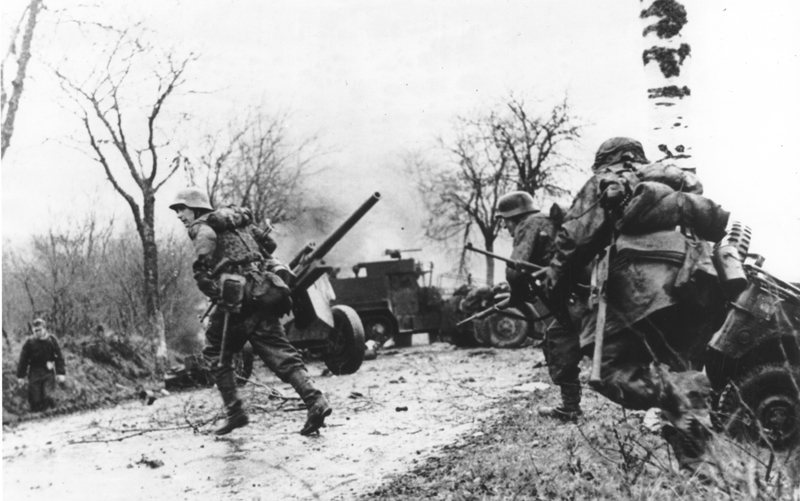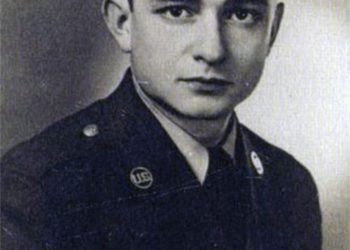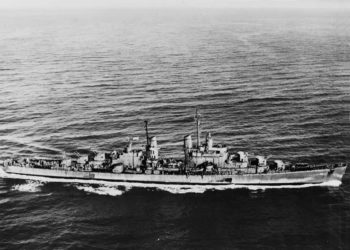Ardennes 1944: Battle of the Bulge. Hitler’s last gamble. On the 16th of December 1944, the German army counter-attacked the allies in the Ardennes. The operation involved 200,000 Wehrmacht troops supported by Waffen SS units and what would today be called “special forces” operating in American uniforms behind American lines. The Rundstedt-Offensive, as the Germans sometimes call it, saw German troops attempting to mount a Blitzkrieg against less than 100,000 US GI’s. The tactics were reminiscent of the ones used 4 years prior, when the Germans rolled over the Low Countries and France in May 1940. However, the Ardennes terrain and the winter weather were factors playing against the Germans.
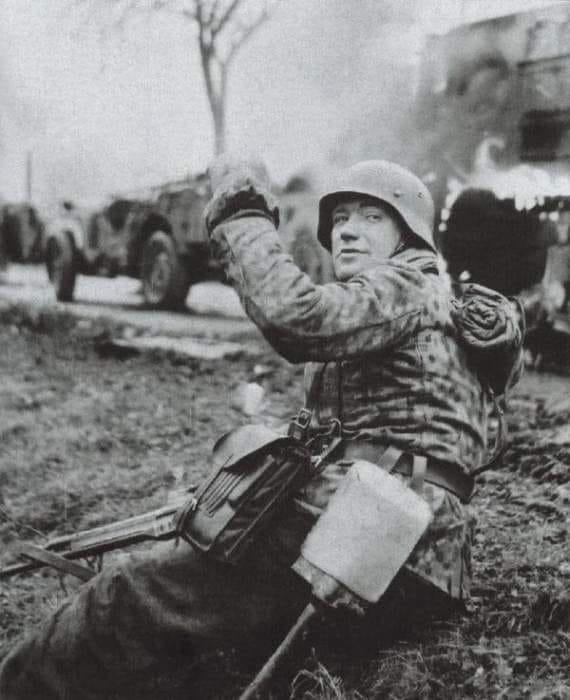
On the other hand, over-confidence on the part of the allies and lack of situational awareness due to bad weather (no aerial reconnaissance) meant the allies were completely caught by surprise. Worse, the bad weather also meant allied air forces could not supply grunts on the ground with air support. Furthermore, the American frontline in the Ardennes was manned by mainly green recruits and beaten up veterans in need of rest and refit.
In September 1944, Supreme Headquarters Allied Expeditionary Force (SHAEF) imagined Germany beaten by Christmas. By the 16th of December onwards, the Americans were fighting their hardest and bloodiest battle of the war on the Western Front. Eventually over 600,000 GI’s saw action over a one month period, aided by another 400,000 support troops. Casualties on the US side were frightening and unimaginable by today’s standards: Over 100,000 killed and injured, with some units reporting a 150% casualty rate (meaning both original and replacement troops were killed).The campaign entered American military folklore, with the Bastogne siege and the now famous “Nuts!”. The terrain, weather, lack of reserves, spares and fuel combined with the gallant American resistance thwarted the German Ardennes offensive. It also has to be said that the quality of troops at the German disposal was nowhere as good in 1944 as it used to be back in 1940… Hitler’s bet failed and he was never able to mount a significant offensive on this scale ever again.

Jagdtiger on the prowl
23rd of December 1944: Battle of Chaumont. With the battle of the Bulge in full swing, Patton’s 3rd army’s 4th armoured Division was called in to relieve the pressure on the front and secure the roads around Bastogne… On the 23rd of December, the lead element of his armoured column was ambushed near the town of Chaumont. There, US Shermans faced off to something they were never designed to do battle against: The 70 tons Jagdtiger !
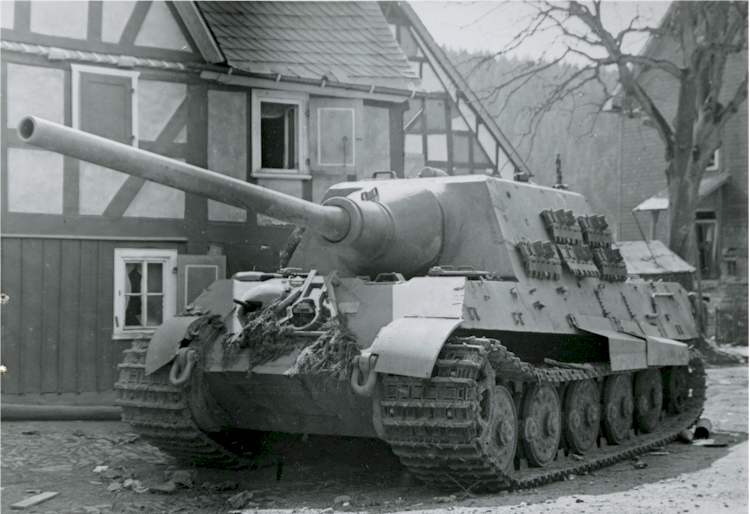
Four German Jagdtigers had been sent to the front where they laid in ambush waiting for the Americans to come… The Jagdtiger was based on the chassis of a Tiger II, but instead of a turret, it had a casemate armed with a 12.8 cm PaK 44 L/55 gun ! This was the heaviest anti tank gun the Germans had in their inventory… Mounted on the heaviest armoured vehicle to see action in WWII… The 28 kilos AP shell it fired was capable of penetrating 230mm of sloped armour at 1000 metres and could still punch through over 170mm of armour at a distance of 3km ! The Jagdtiger’s frontal armour was 250mm thick, making it impervious to almost anything at the time. Needless to say, the American column was mauled and had to withdraw. It took the elements of the 3rd army 6 days to manage to finally get through to Bastogne and relieve the besieged 101st Airbone!
As for the Jagdtigers, they carried on ambushing American and Soviet columns up until the end of the war… Otto Carius, the Tiger ace, once commanded a Jagtiger and managed to destroy a Sherman tank by shooting at it though a house! And in April 1945, mere days before the end of the war, a handful of Jagdtigers in hull-down positions managed to destroy 11 tanks and 30 other vehicles in one engagement… Some hits were scored at a range of 4km! The combination of firepower, German quality optics and armour made them a great stand-off defensive weapon. Do not get any ideas, though, those beasts were deeply flawed! Their size made them a fantastic target for allied planes. Their transmission were stressed beyond belief (both due to their extreme weight and inexperienced crews) and their gun and sights had to be boresighted every time the machine had moved a few yards… Only 20% of Jagdtigers recorded as lost were so in combat. The other losses (80%!) were due to mechanical breakdowns and lack of fuel: If a Jagdtiger broke down, it had to be abandoned, as the Germans did not have anything powerful enough to tow it away !
In the air…
Operation Bodenplatte: The Luftwaffe suicide. On the 1st of January 1945, the Luftwaffe launched its last large scale operation of the war (on the Western Front). The aim was to cripple the Allies air forces and gain air superiority. Bodenplatte was supposed to have been launched in conjunction with the German offensive in the Ardennes but it had been impossible to proceed ahead due to the bad weather. The operation was so secret that many German frontline units were unaware of it… As a result, several German planes were engaged and downed by their own flak on the day Bodenplatte was launched! The Luftwaffe destroyed 290 allies planes and damaged scores more. However, very few allies pilots were killed as many of those planes were destroyed on the ground. Those lost planes were replaced within a week and therefore, Bodenplatte barely hampered allied operations. On the other hand, the Luftwaffe lost around 300 planes and worst of all, 210 pilots. This, at a time when the German industry could not easily replace losses and when the few remaining Luftwaffe pilots were desperately needed to defend German airspace.
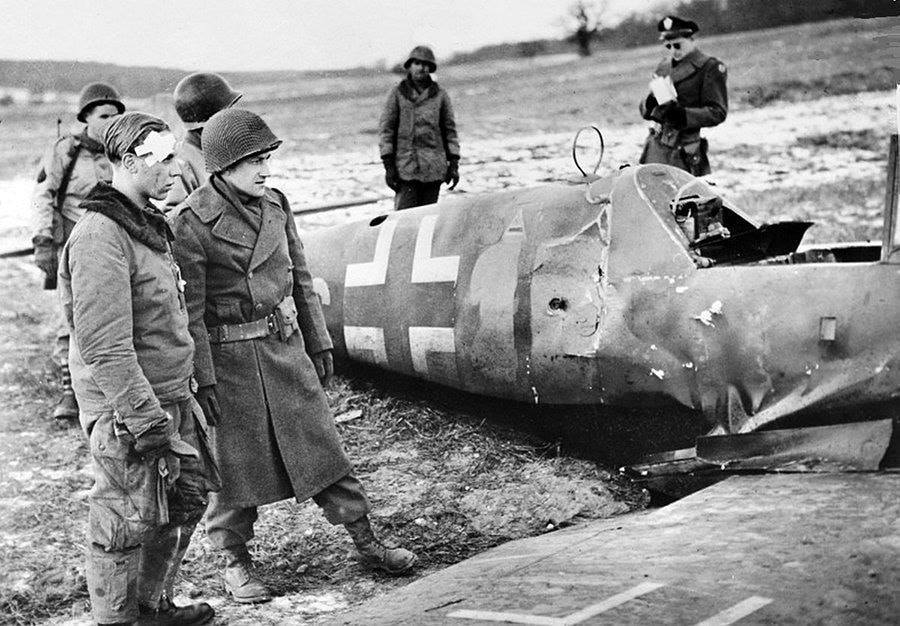
Some of the German pilots used for Bodenplatte were so inexperienced, they had to be integrated in special airwings: The students took off and faithfully followed their wing leader to their objectives. They could not navigate on their own and had no chance of surviving a dogfight or find their way back to their own base should their wing leader get shot down… Bodenplatte was the Luftwaffe’s suicide. It never recovered from it. From the 2nd of January onward until the end of the war, there would not be any coordinated German air operations on the Western Front anymore: Individual pilots and air units fought on as well as they could. The German air arms was dead.
Not so “gay” Paris: When US deserters reigned over the French capital
Allied troops suffered following the D-Day landing in Normandy in June 1944. The breakthrough(s) occurred roughly a month after said landings. But from then onward, Allied troops were constantly on the move, chasing the Germans North, liberating Paris in August and Antwerp, Liege and Brussels in September. One must not forget that Operation Market-Garden was also launched in the Netherlands the same month (September). Needless to say that by that point, allied soldiers were exhausted and the allied supply lines were stretched to breaking point. When Paris was liberated in 1944, the French authorities and populations were over the moon: Freedom, finally, after 4 years of German occupation! That freedom ended up having a sour taste. Following their push into Belgium in September 1944, the allies were suddenly stopped in their tracks along the Siegfried Line. The Siegfried line was a fortified German defensive line extending through the Eifel Forest (German Ardennes) along the Belgian border.
After months of constant operations, both sides were in need of rest and the frontline settled for a while. Paris became the place of choice for allies R&R: Battle weary American soldiers were sent there on permission. A 72 hours pass and back pay in their pocket, they would descend on the city in search of booze and sex. The French police alongside American MPs struggled to deal with those drunk and disorderly men. Things gradually got worse as thousands of those young GIs deserted while in Paris. They did so for many reasons: Some because they were tired of fighting, some, for the adventure, others did it for the money. In all, an estimated 50,000 American soldiers deserted in Europe during WWII. There were around 20,000 deserters in the wild by Christmas 1944! That’s the equivalent of an infantry division!
Many of these men formed criminal gangs and used their military training, uniforms and weapons to bad effect! They would rob army depots, civilian warehouses, homes, businesses… They stole, raped and pillaged their way through Paris, but also Northern France and Belgium. Criminal activity peaked as the fighting reached crescendo along the German border: Over 144,000 American soldiers ended up dying or being wounded between September 1944 and January 1945. Between the battle of the Hurtgen Forest and the Battle of the Bulge in the Ardennes, the allies were pushed to breaking point and soldiers deserted in droves. As very few of them spoke French, their only way of surviving and successfully evading the authorities was often to join one of those GI deserter gangs…

By the end of WWII, 20,000 American soldiers had been tried and sentenced for desertion. Many ended up with prison sentences; most were dishonourably discharged. 49 were sentenced to death, although only one soldier was subsequently executed. His name was Eddie Slovik.
By the 25th of January 1945, The Wehrmacht, defeated, retreated behind the Siegfried Line. The Battle of the Ardennes, as it is often called in Germany and Belgium, was over. For the allies, hopes of ending the war and going home for Christmas were dashed: The German army still had teeth… But the end of the tunnel was nevertheless in sight! Hitler wanted the Siegfried line to be held at all cost. Walter Model, commander of Army Group B wanted to be allowed to withdraw behind the Rhine instead and reform a new defensive line there. Hitler obviously disagreed. The allies suffered trying to work their way through the Siegfried Line, which was fortified in depth and often established over rough terrain and woodlands. Still, the allies pushed, from the Belgian Ardennes onwards, and eventually breached the German line.
As a result of Hitler’s micromanagement of the conflict,. Army Group B ended up being surrounded in what ended up being called the Ruhr Pocket in April 1945. Model, for the first time in his career, saw that defeat was inevitable. Rather than surrendering, he instead ordered Army Group B to be dissolved! He literally told his men that they were relieved of their duty and that they were free to attempt to go back home! Hitler declared the whole Army Group B enemy of the Reich and deserters! The dissolution of his last command was Model’s last order: he committed suicide. The fact the Soviets wanted him for war crimes must have weighed on his mind as much as his desire not to witness Germany’s surrender and defeat. Said defeat occurred mere days later.
